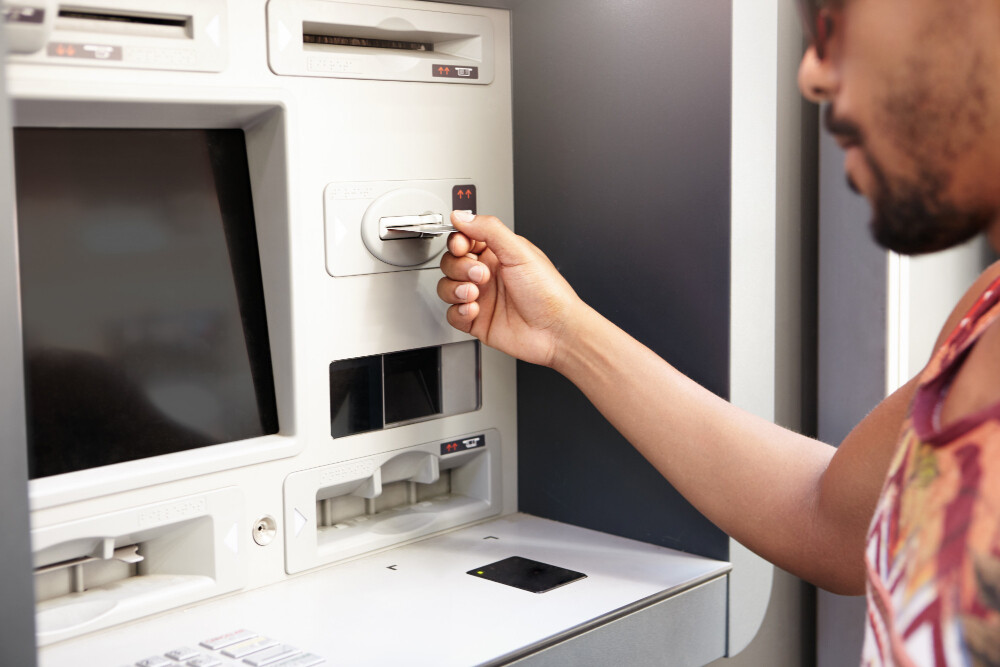In today’s fast-paced business environment, efficiency and reliability are paramount. Transaction processing systems (TPS) play a crucial role in ensuring businesses can handle their day-to-day operations smoothly. From financial transactions at banks to inventory management in retail, these systems are the backbone of modern commerce. This article explores the role of transaction processing systems in modern business, focusing on their importance, functionality, and the specific example of ATM machine transaction processing.
Understanding Transaction Processing Systems
Transaction processing systems are computerized systems designed to perform and record the daily routine transactions necessary for business operations. These systems handle tasks such as order processing, payroll, reservations, and billing. The key characteristics of TPS include reliability, consistency, and the ability to process large volumes of transactions efficiently.
Importance of Transaction Processing Systems
- Efficiency and Speed: TPS are designed to process transactions quickly and accurately, ensuring that businesses can operate without delays. This is particularly important in sectors where time is of the essence, such as banking and retail.
- Accuracy and Reliability: By automating transaction processes, TPS minimize human errors and ensure data accuracy. This reliability is crucial for maintaining trust with customers and partners.
- Scalability: Modern transaction processing systems can handle increasing transaction volumes as businesses grow. This scalability ensures that the system can support business expansion without requiring significant overhauls.
- Security: TPS incorporate advanced security measures to protect sensitive data and prevent fraud. This is especially vital in financial transactions where the risk of data breaches and fraud is high.
ATM Machine Transaction Processing
Automated Teller Machines (ATM) are a prime example of transaction processing systems in action. ATM machines facilitate millions of transactions daily, providing customers with easy access to their bank accounts. The transaction processing system within an ATM ensures that each transaction is processed accurately and efficiently.
How ATM Machine Transaction Processing Works
- Transaction Request: The process begins when a customer inserts their card into the ATM and enters their PIN. This action initiates a transaction request.
- Validation and Authorization: The transaction processing system validates the card and PIN details. Once validated, the system authorizes the transaction by checking the account balance and other necessary conditions.
- Transaction Execution: Upon authorization, the transaction is executed. This could involve dispensing cash, transferring funds, or updating account balances.
- Recording and Confirmation: The transaction is recorded in the system, and a receipt is generated for the customer. The system also updates the customer’s account balance to reflect the transaction.
Benefits of ATM Machine Transaction Processing
- Convenience: ATM machines provide customers with 24/7 access to their funds, enhancing convenience and customer satisfaction.
- Efficiency: The automated nature of ATMs ensures quick and efficient transaction processing, reducing wait times for customers.
- Cost-Effective: By automating routine banking transactions, ATMs reduce the need for human tellers, resulting in cost savings for banks.
- Enhanced Security: Modern ATM transaction processing systems incorporate multiple layers of security, including encryption and real-time monitoring, to safeguard against fraud and unauthorized access.
Broader Applications of Transaction Processing Systems
While ATMs are a well-known example, transaction processing systems are utilized across various industries. In retail, TPS manage sales transactions and inventory updates. In hospitality, they handle reservations and billing. In manufacturing, TPS track production processes and supply chain management.
Retail Sector
In the retail sector, transaction processing systems manage point-of-sale (POS) transactions. When a customer makes a purchase, the system processes the payment, updates the inventory, and records the transaction for future reference. This integration ensures accurate inventory management and seamless customer experiences.
Hospitality Industry
In hotels and restaurants, TPS handle bookings, check-ins, and billing. For instance, when a guest checks into a hotel, the transaction processing system updates room availability, processes payments, and generates invoices. This automation streamlines operations and enhances guest satisfaction.
Manufacturing and Supply Chain
In manufacturing, TPS track the production process, manage inventory, and handle supplier transactions. By providing real-time data on production status and inventory levels, these systems enable manufacturers to optimize operations and reduce costs.
Conclusion
Transaction processing systems are indispensable in modern business, providing the efficiency, reliability, and security necessary for handling daily transactions. From ATM machines processing millions of transactions to retail POS systems ensuring smooth sales operations, TPS are at the heart of business functionality. As technology continues to advance, these systems will become even more integral, driving innovation and enhancing operational efficiency across various industries.




